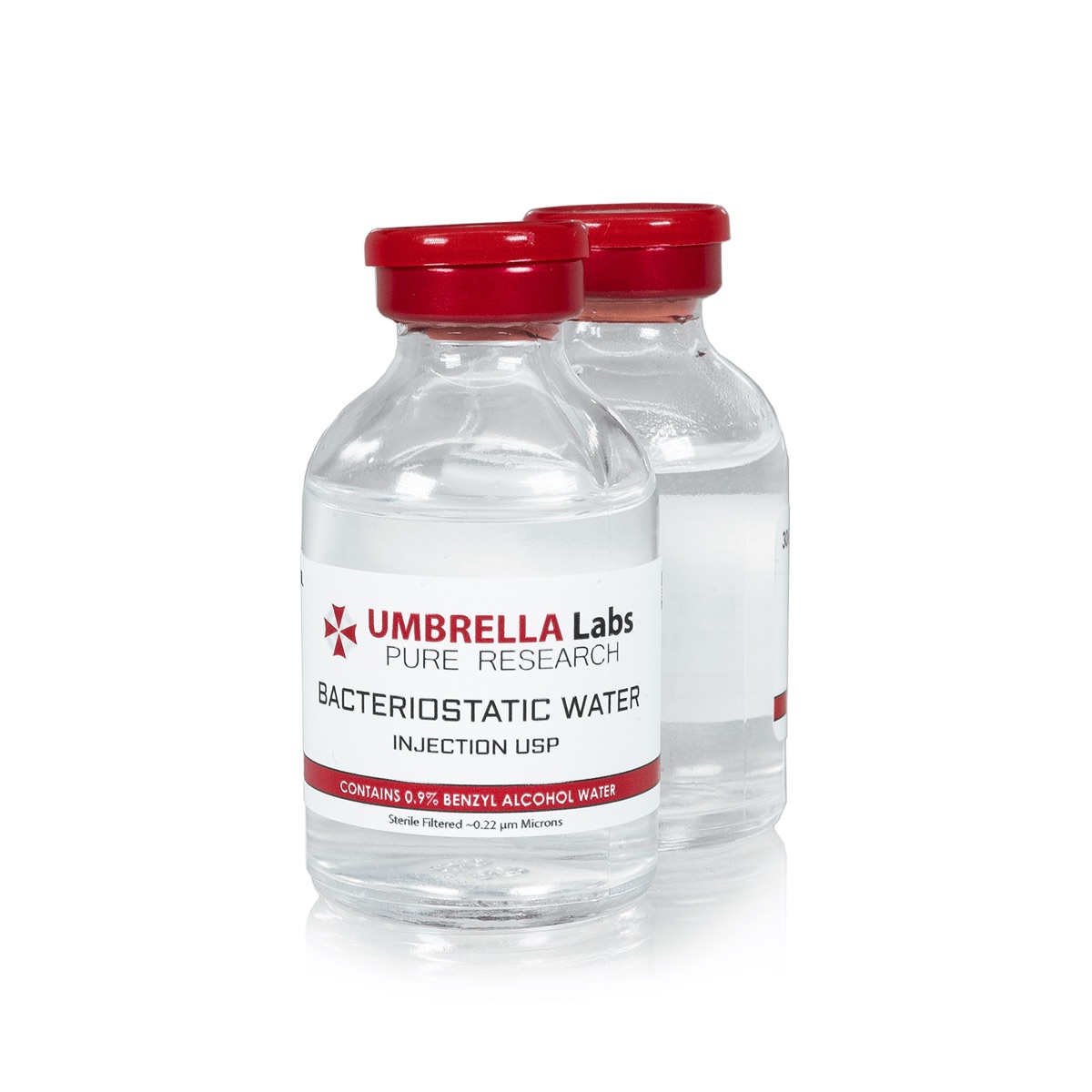

Articles
How To Store Bacteriostatic Water
Modified: February 7, 2024
Discover the best method to store bacteriostatic water in this comprehensive article. Learn the proper techniques and precautions to keep your water safe and effective.
(Many of the links in this article redirect to a specific reviewed product. Your purchase of these products through affiliate links helps to generate commission for Storables.com, at no extra cost. Learn more)
Introduction
Bacteriostatic water is a key component in various medical and pharmaceutical practices. It is commonly used for dissolving medications, diluting injections, and preparing sterile solutions. As its name suggests, bacteriostatic water inhibits the growth of bacteria, making it essential for maintaining the sterility of medical supplies.
Proper storage of bacteriostatic water is crucial to ensure its effectiveness and safety. In this article, we will explore the importance of storing bacteriostatic water correctly and discuss the factors to consider for maintaining its integrity.
Whether you are a healthcare provider, pharmacist, or an individual using bacteriostatic water at home, understanding the best practices for storage is essential. By following the guidelines discussed in this article, you can ensure the longevity of the bacteriostatic water and safeguard against potential contamination.
Key Takeaways:
- Proper storage of bacteriostatic water is essential to maintain its sterility, potency, and effectiveness, ensuring safety and integrity in medical and pharmaceutical applications.
- Adhering to recommended storage guidelines, including temperature control, container selection, and sterility maintenance, is crucial for preserving the quality and reliability of bacteriostatic water.
Read more: How To Store Water Hose
What is bacteriostatic water?
Bacteriostatic water is a specially formulated sterile water that contains a small amount of a bacteriostatic agent, typically benzyl alcohol. This agent helps prevent the growth and reproduction of bacteria, thus maintaining the sterility of the water and any substances dissolved or diluted in it.
Unlike distilled water or regular tap water, bacteriostatic water undergoes a stringent filtration and sterilization process to ensure its purity. It is commonly used in various medical and pharmaceutical applications, such as diluting medications for injections, reconstituting powdered medications, and flushing indwelling catheters.
The bacteriostatic agent present in the water acts as a preservative, prolonging the shelf life of the water and inhibiting the growth of bacteria. This is especially important when the water is used for multiple doses or in multi-patient settings.
It is important to note that bacteriostatic water is not intended for injection alone and should always be mixed with medications or solutions as directed by a healthcare professional. When combined with appropriate medications, bacteriostatic water plays a critical role in ensuring the safety and efficacy of injections and other medical procedures.
Overall, bacteriostatic water serves as a trusted and reliable medium for dissolving, diluting, and preparing various pharmaceutical solutions. Its unique properties make it an indispensable tool in healthcare settings, where maintaining a sterile environment is crucial.
Why is proper storage important?
Proper storage of bacteriostatic water is essential to maintain its effectiveness and prevent contamination. Here are a few key reasons why proper storage is important:
- Prolonged shelf life: Bacteriostatic water, like any other pharmaceutical product, has an expiration date. By storing it correctly, you can help extend its shelf life and ensure its efficacy when needed.
- Maintain sterility: Bacteriostatic water is used in medical and pharmaceutical practices that require a sterile environment. Improper storage can lead to the growth of bacteria or other microorganisms, compromising the quality and safety of the water.
- Prevent contamination: Bacteriostatic water is often used as a diluent for injections or as a solvent for medications. Contamination of the water can introduce harmful bacteria or impurities that can result in adverse reactions or infections.
- Preserve potency: Certain medications and therapeutic solutions require precise dilutions or concentrations. Storing bacteriostatic water properly helps maintain its potency and ensures accurate preparation of medications and solutions.
- Cost effectiveness: Proper storage and handling practices can reduce the need for frequent replacements, minimizing wastage and ultimately saving costs.
By adhering to recommended storage practices for bacteriostatic water, you can protect its sterility, potency, and integrity, ultimately promoting patient safety and the efficacy of medical procedures.
Factors to consider when storing bacteriostatic water
Proper storage of bacteriostatic water is crucial to maintain its sterility and effectiveness. Here are some important factors to consider when storing bacteriostatic water:
- Temperature: Bacteriostatic water should be stored at a temperature between 20°C and 25°C (68°F to 77°F). Avoid exposing it to extreme heat or cold, as it may affect its stability and integrity.
- Light exposure: Bacteriostatic water containers should be made of a light-resistant material, such as amber glass or opaque plastic, to minimize light exposure. Light can potentially degrade the water and affect its sterility.
- Moisture: Bacteriostatic water should be stored in a dry environment to prevent moisture absorption and potential contamination. Avoid storing it in areas prone to humidity or near sources of water.
- Air exposure: Minimize air exposure of bacteriostatic water by ensuring the container is sealed tightly when not in use. This helps prevent the entry of contaminants and maintains the sterility of the water.
- Proper labeling: Clearly label the container with the date of opening and the expiration date of the bacteriostatic water. This helps ensure that you use the water within the recommended timeframe and avoid using expired or compromised products.
- Separate storage: Store bacteriostatic water separately from other medication or chemicals to prevent cross-contamination. Use dedicated storage areas or cabinets specifically for storing pharmaceutical supplies.
- Avoid freezing: Freezing bacteriostatic water can damage its integrity and compromise its sterility. Avoid storing it in freezing temperatures or allowing it to freeze during transportation or storage.
- Regular inspection: Periodically check the condition of the bacteriostatic water container for any signs of damage, such as cracks or leaks. If the container is compromised, transfer the water to a new container to ensure its safety.
By considering these factors and implementing proper storage practices, you can help preserve the sterility and effectiveness of bacteriostatic water, ensuring its suitability for medical use and maintaining patient safety.
Choosing the right container for storage
When it comes to storing bacteriostatic water, selecting the appropriate container is crucial for maintaining its sterility and integrity. Here are some factors to consider when choosing the right container for storing bacteriostatic water:
- Material: Opt for containers made of materials that are resistant to light and moisture. Amber glass or opaque plastic containers are commonly used for storing bacteriostatic water, as they offer protection against light exposure and help prevent the entry of moisture.
- Tight sealing: Ensure that the container has a tight and secure seal to prevent air exposure and potential contamination. Look for containers with a reliable closure mechanism, such as screw caps or snap-on lids.
- Size: Choose a container size that matches your usage requirements. It is recommended to use smaller containers to minimize the amount of air space within the container, as this can lead to increased oxidation and potential contamination.
- Labeling: Properly label the containers with the date of opening and the expiration date of the bacteriostatic water. This helps keep track of its shelf life and ensures timely usage.
- Single-use vs. multi-use: Consider whether you need a single-use or multi-use container. Single-use containers are typically pre-sterilized and designed for one-time use, eliminating the need for cleaning and sterilization. Multi-use containers, on the other hand, require thorough cleaning and sterilization between uses.
- Compatibility: Ensure that the container and its closure system are compatible with the storage and dispensing needs of bacteriostatic water. For instance, some medications may require a specific type of container that allows for easy reconstitution or mixing.
- Storage capacity: Consider the volume of bacteriostatic water you intend to store and select a container with an appropriate capacity. This helps minimize wastage and ensures that you have an adequate supply on hand.
By carefully considering these factors and selecting the right container for storing bacteriostatic water, you can help preserve its sterility, potency, and effectiveness, thus ensuring its suitability for medical use.
Store bacteriostatic water in a clean, airtight container at room temperature. Keep it away from direct sunlight and extreme temperatures. Check the expiration date and discard any expired solution.
Read more: How To Store Carrots In Water
Ensuring proper temperature and environment
Proper temperature and environmental conditions are crucial for maintaining the integrity of bacteriostatic water during storage. Here are some key points to consider in order to ensure optimal temperature and environment:
- Temperature control: Bacteriostatic water should be stored at room temperature, ideally between 20°C and 25°C (68°F to 77°F). Avoid exposing it to extreme temperature fluctuations, as this can impact its stability and potentially compromise its sterility.
- Storage location: Choose a storage location that is away from direct sunlight and sources of heat. Exposure to light and excessive heat can degrade the water and affect its quality.
- Humidity: Bacteriostatic water should be stored in a dry environment to prevent moisture absorption and potential contamination. Avoid storing it in areas prone to high humidity or near water sources.
- Avoid storage in the bathroom: Bathrooms tend to have fluctuating temperatures and increased humidity levels, so it is not an ideal location for storing bacteriostatic water.
- Keep away from chemicals: Avoid storing bacteriostatic water near chemicals or substances that may contaminate it. Store it separately from cleaning agents, solvents, or any other potentially harmful materials.
- Avoid exposure to air: Minimize air exposure of bacteriostatic water by ensuring the container is tightly sealed when not in use. This helps prevent the entry of contaminants and maintains the sterility of the water.
- Proper ventilation: Although it is crucial to store bacteriostatic water in a controlled environment, ensure there is adequate ventilation to prevent the buildup of excessive heat or moisture.
- Stability during transportation: If you need to transport bacteriostatic water, take measures to ensure its stability. Secure the container properly to prevent accidental damage, and consider using insulated packaging to protect it from extreme temperatures.
- Monitor storage conditions: Regularly monitor the storage conditions of bacteriostatic water to ensure they meet the recommended guidelines. Check for any signs of temperature or environmental fluctuations that could compromise the integrity of the water.
By adhering to these guidelines and maintaining proper temperature and environmental conditions, you can help preserve the sterility and effectiveness of bacteriostatic water, ensuring its suitability for medical use.
Tips for maintaining sterility during storage
Maintaining the sterility of bacteriostatic water throughout its storage period is crucial to ensure its safety and effectiveness. Here are some important tips to help you maintain sterility during the storage process:
- Use proper aseptic technique: Before transferring bacteriostatic water to a storage container, ensure that you are following proper aseptic technique. Wash your hands thoroughly and use clean gloves, if necessary, to minimize the risk of contamination.
- Clean storage containers: Ensure that the storage containers being used for bacteriostatic water are thoroughly cleaned before use. Wash them with warm water and a mild detergent, and rinse them well to remove any residue.
- Dry containers completely: After cleaning, allow the storage containers to air dry completely before filling them with bacteriostatic water. Moisture can create a favorable environment for the growth of bacteria or fungi.
- Avoid touching the inside of the container: When transferring bacteriostatic water to the storage container, avoid touching the inside of the container or the rim with your hands or any other objects. This minimizes the risk of introducing contaminants.
- Use sterile transfer equipment: When transferring bacteriostatic water, use sterile transfer equipment such as sterile syringes, needles, or pipettes. This reduces the risk of introducing bacteria or impurities during the transfer process.
- Seal containers tightly: Ensure that the storage containers are tightly sealed after filling them with bacteriostatic water. This prevents air exposure and minimizes the risk of contamination.
- Do not store partially used vials or ampules: If you have partially used vials or ampules of bacteriostatic water, do not store them for future use. Once opened, they are no longer sterile, and storing them can increase the risk of contamination.
- Handle containers with care: Handle the storage containers with care to avoid any damage that could compromise sterility. Avoid dropping or mishandling them, and store them in a safe and secure location.
- Monitor expiration dates: Keep track of the expiration dates of bacteriostatic water and discard any expired products. Using expired water can increase the risk of contamination or reduced effectiveness.
- Regularly inspect stored water: Periodically inspect the stored bacteriostatic water for any signs of discoloration, cloudiness, or unusual odor. If you notice any changes, discard the water immediately to prevent potential risks.
By following these tips and maintaining proper sterility during storage, you can ensure the safety and effectiveness of bacteriostatic water for medical use. This helps minimize the risk of contamination and promotes optimal patient care.
Shelf life of bacteriostatic water
The shelf life of bacteriostatic water refers to the duration during which the water can be safely and effectively used without compromising its sterility or potency. The shelf life of bacteriostatic water can vary depending on several factors. Here are some important considerations regarding its shelf life:
- Manufacturer’s guidelines: The shelf life of bacteriostatic water is typically indicated by the manufacturer on the packaging. It is important to adhere to the guidelines provided by the manufacturer to ensure the safety and effectiveness of the water.
- Expiration date: Bacteriostatic water is usually labeled with an expiration date. This date signifies the end of its shelf life, and it is important to discontinue using the water after this date has passed.
- Storage conditions: Proper storage conditions play a crucial role in extending the shelf life of bacteriostatic water. Storing it at the recommended temperature (20°C to 25°C or 68°F to 77°F), protecting it from light exposure, and minimizing air and moisture exposure can help preserve its integrity for longer periods.
- Usage: The shelf life of bacteriostatic water can be influenced by its usage. Once a vial or ampule is opened, the sterility of the water is compromised. It is generally recommended not to store partially used vials or ampules for future use and to use them immediately.
- Quality control: Regular quality control measures, including visual inspection and monitoring for any changes in appearance or odor, can help ensure the integrity of bacteriostatic water. If any abnormalities are detected, the water should be discarded, even if it is within the labeled shelf life.
It is important to note that using bacteriostatic water beyond its expiration date or when signs of contamination or degradation are present can increase the risk of adverse effects or compromised effectiveness. Always prioritize patient safety and adhere to proper storage guidelines to ensure the optimal quality and integrity of bacteriostatic water.
Conclusion
Proper storage of bacteriostatic water is crucial to maintain its sterility, potency, and effectiveness. Whether you are a healthcare professional or an individual using bacteriostatic water at home, following the recommended storage guidelines is essential to ensure its safety and integrity. By considering factors such as temperature, light exposure, moisture, and proper container selection, you can help preserve the quality of bacteriostatic water.
Maintaining sterility during storage is also of utmost importance. Using proper aseptic techniques, choosing clean storage containers, and sealing them tightly are essential for preventing contamination and maintaining sterility. Monitoring the storage conditions and inspecting the water regularly can further safeguard its quality.
Understanding the shelf life of bacteriostatic water and adhering to expiration dates is crucial for its effective use. Discarding any expired water or partially used vials/ampules helps to minimize the risk of contamination and maintain the water’s potency.
By implementing these best practices, you can ensure that bacteriostatic water remains a reliable and safe medium for various medical and pharmaceutical applications. It plays a vital role in maintaining the sterility of medications, diluting injections, and preparing sterile solutions. Prioritizing proper storage techniques not only ensures patient safety but also contributes to the overall success of medical procedures and healthcare practices.
Remember, when it comes to bacteriostatic water, proper storage is the key to maintaining sterility and maximizing its efficacy. By following the guidelines outlined in this article, you can confidently use bacteriostatic water knowing that it is safe, effective, and free from any potential contaminants.
Frequently Asked Questions about How To Store Bacteriostatic Water
Was this page helpful?
At Storables.com, we guarantee accurate and reliable information. Our content, validated by Expert Board Contributors, is crafted following stringent Editorial Policies. We're committed to providing you with well-researched, expert-backed insights for all your informational needs.

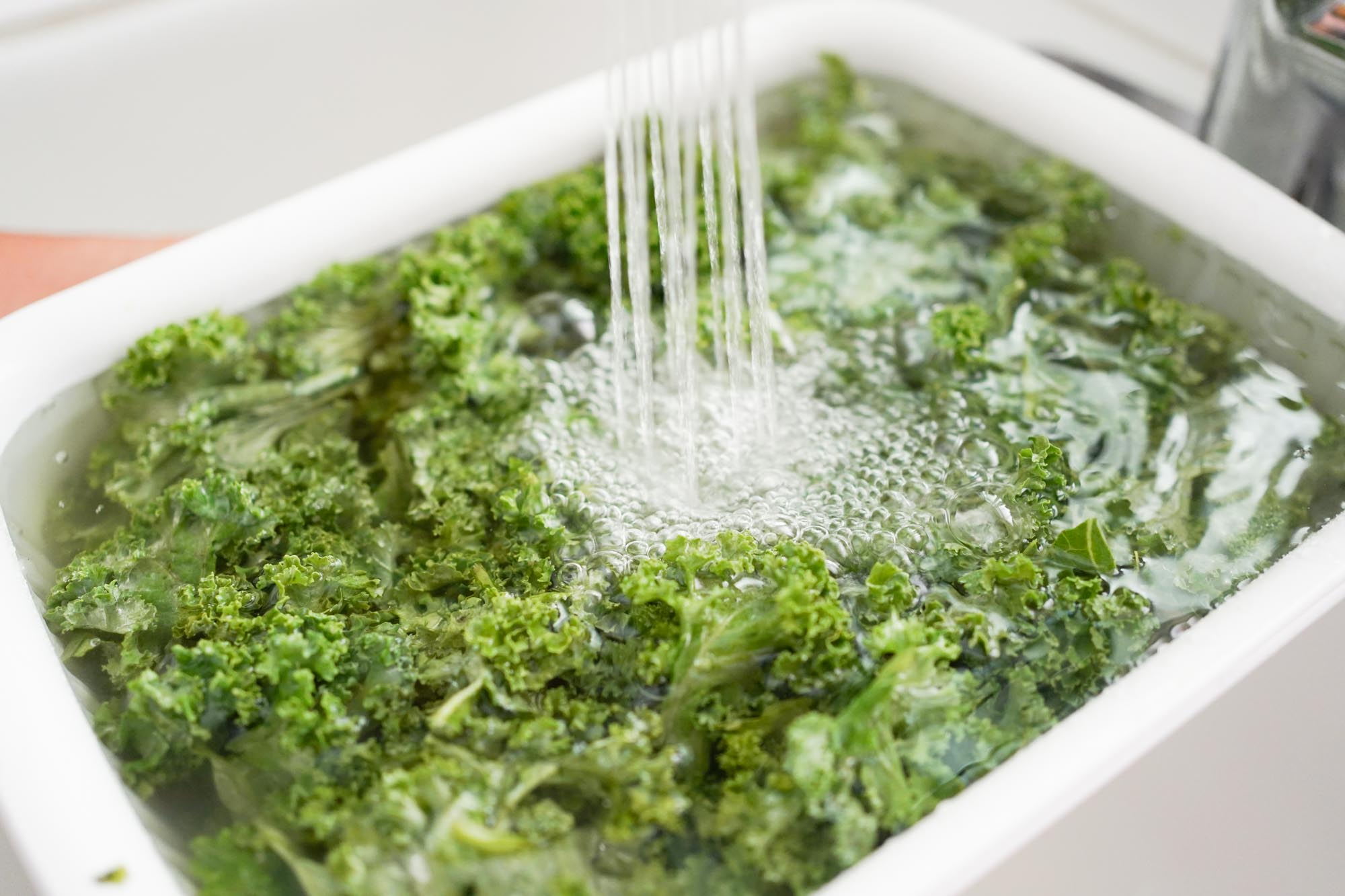
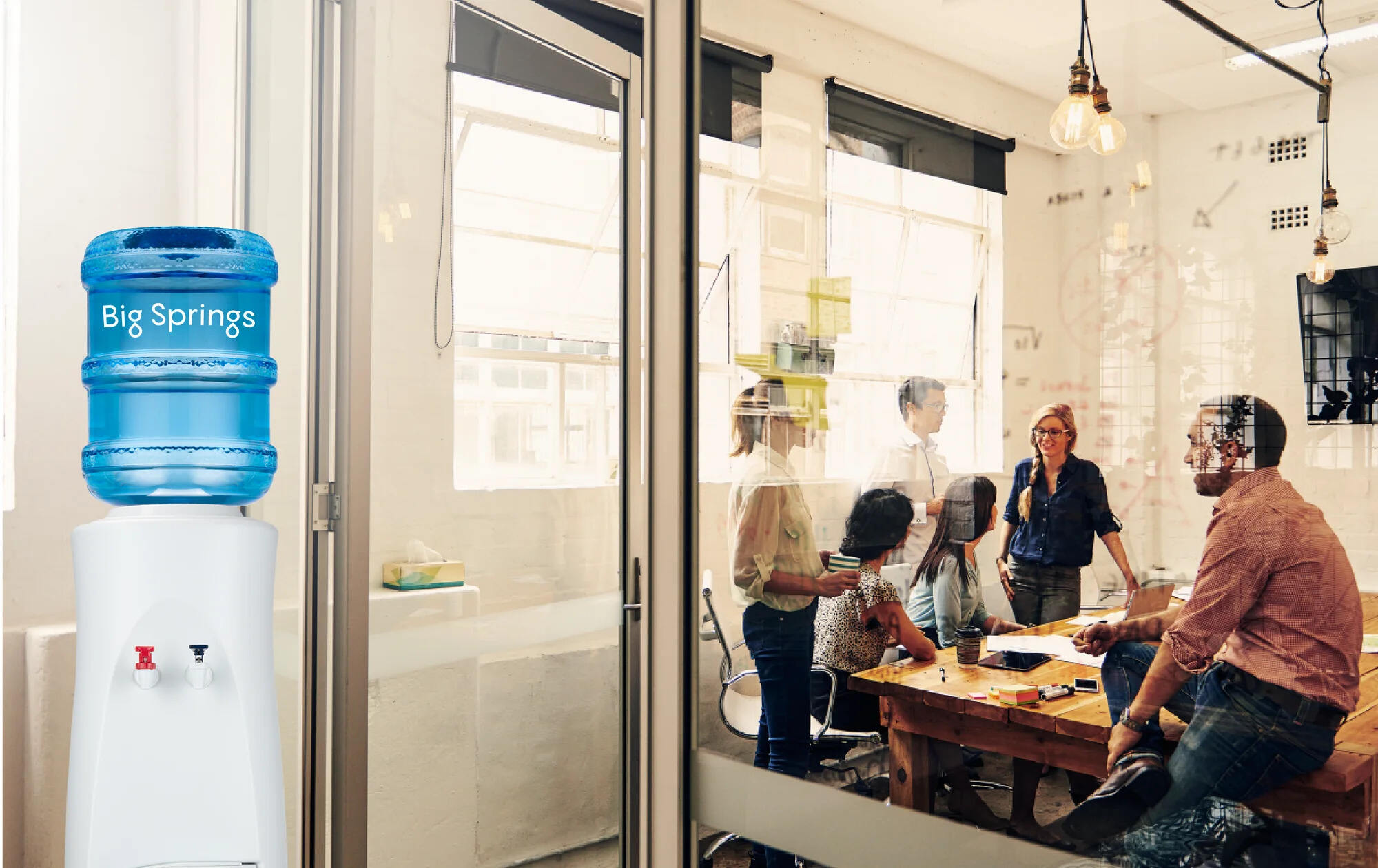
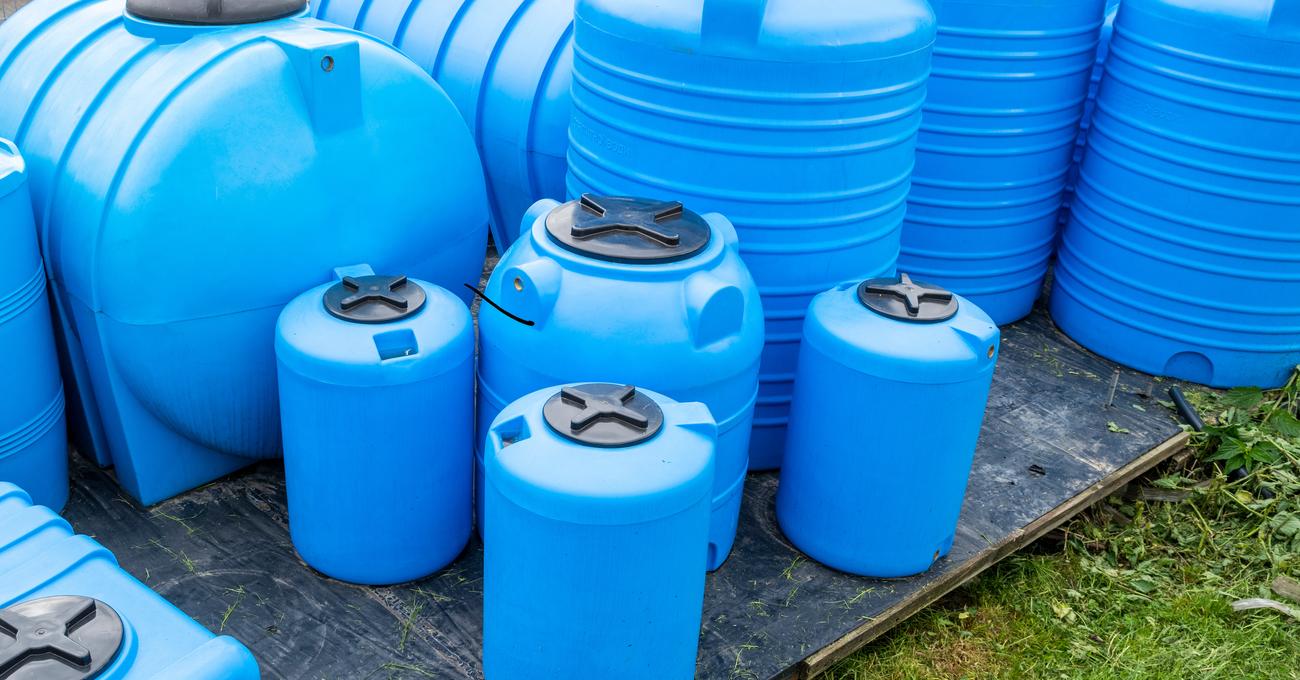
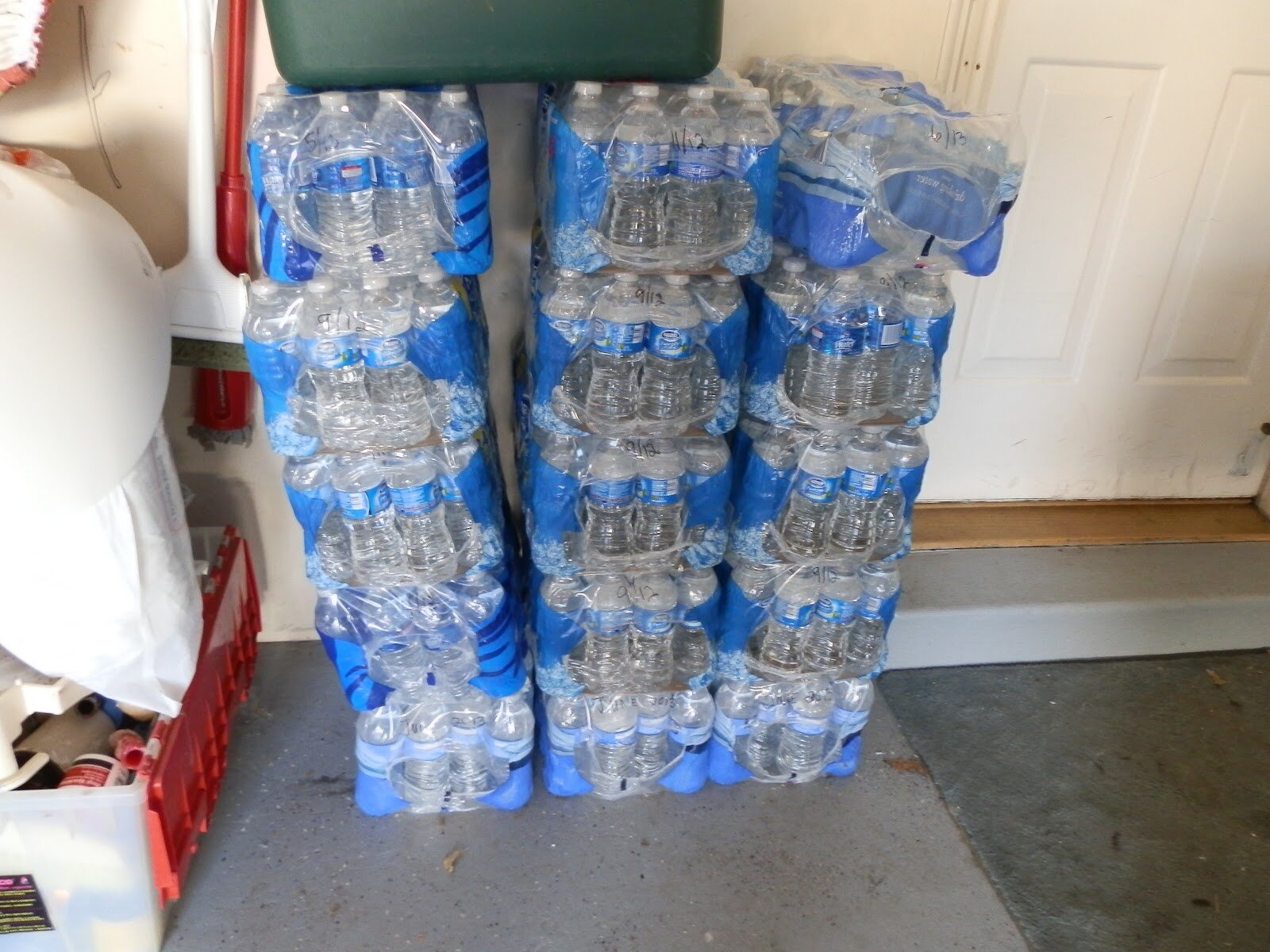
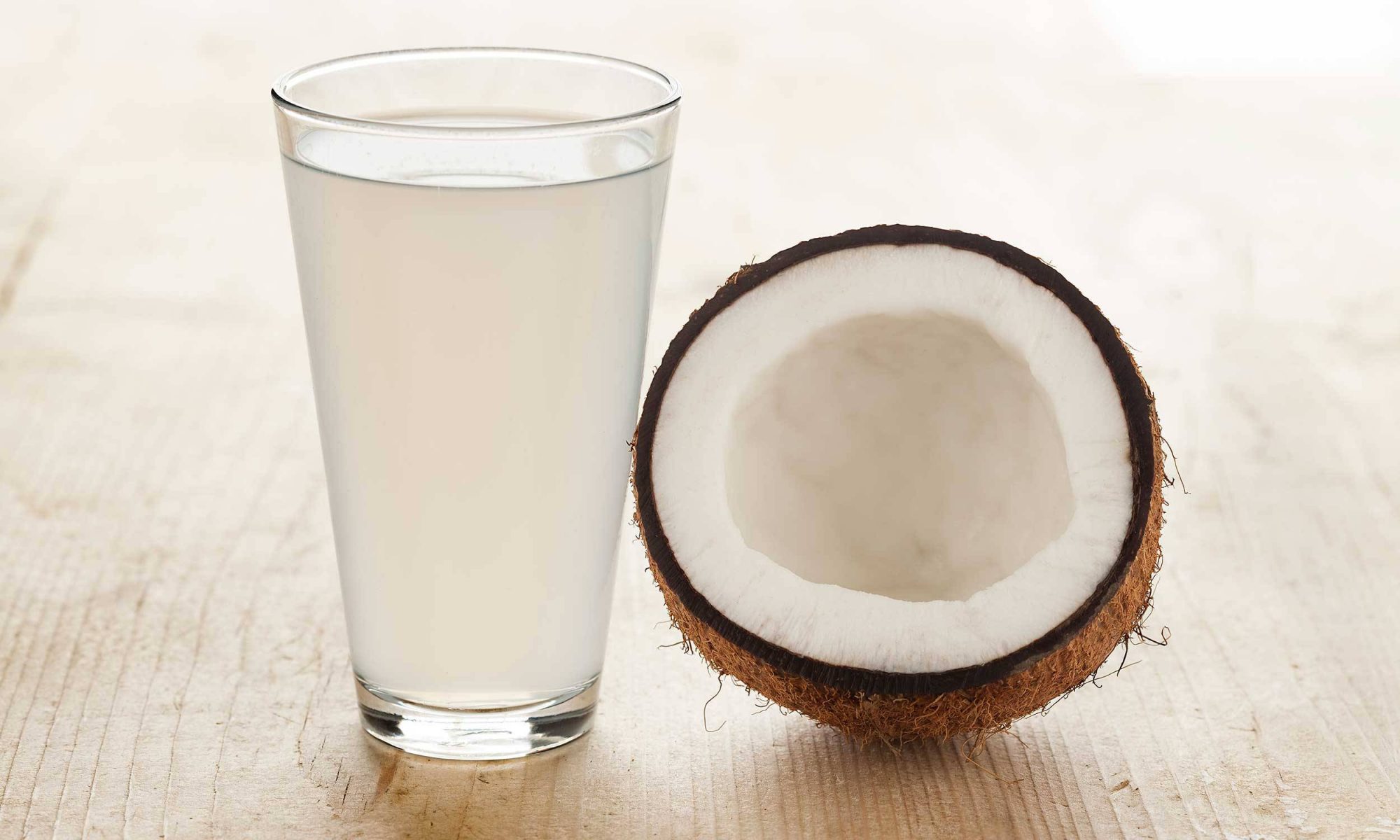
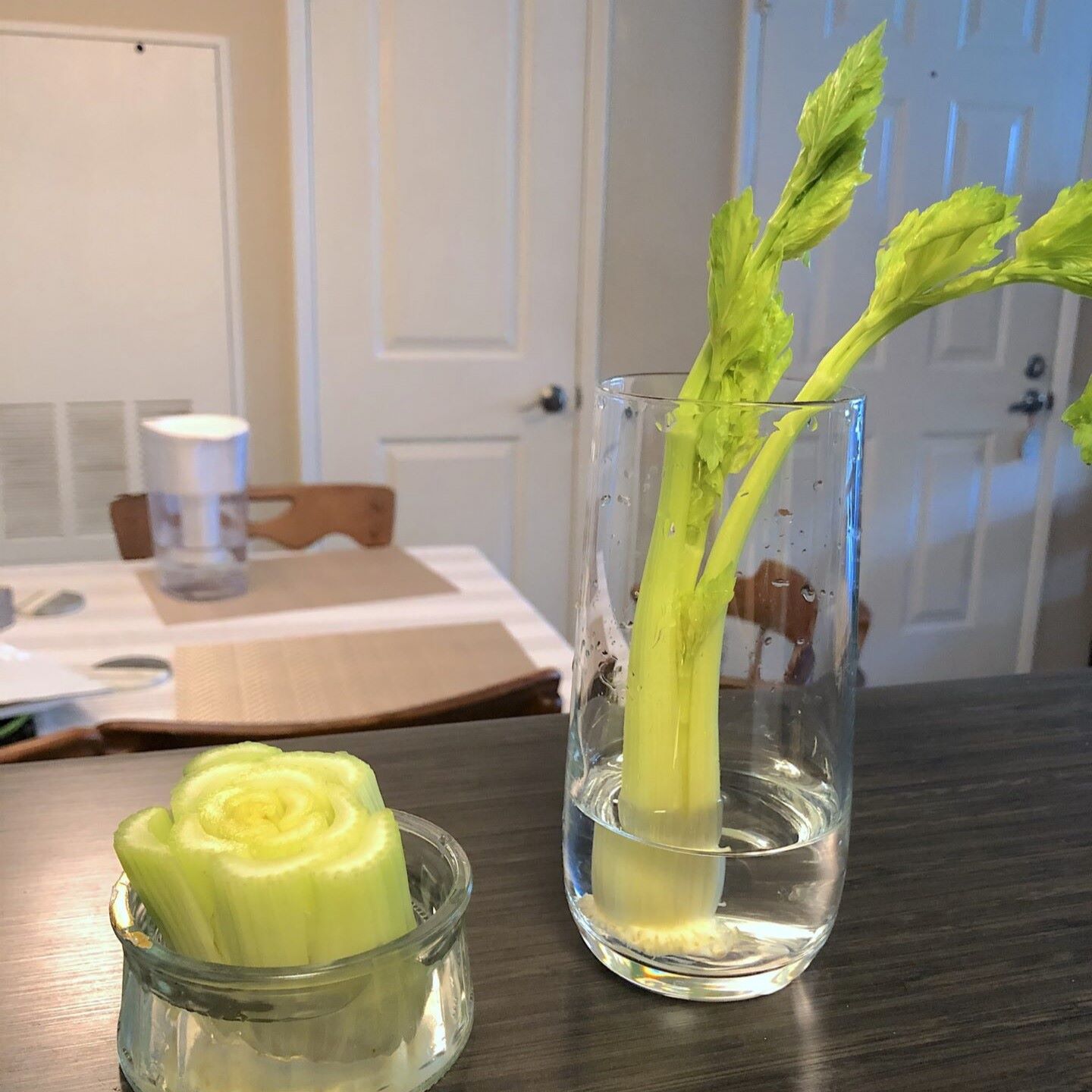
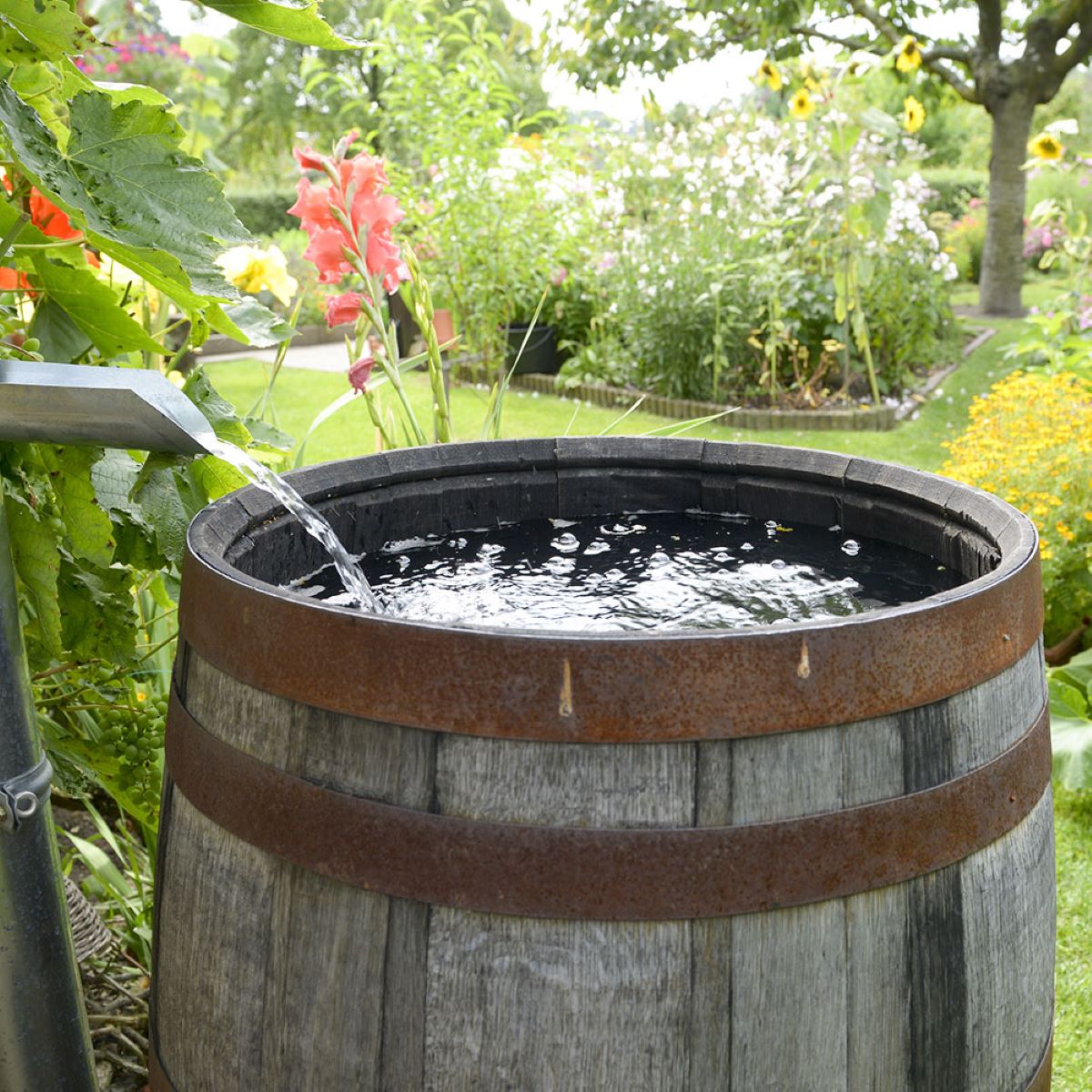


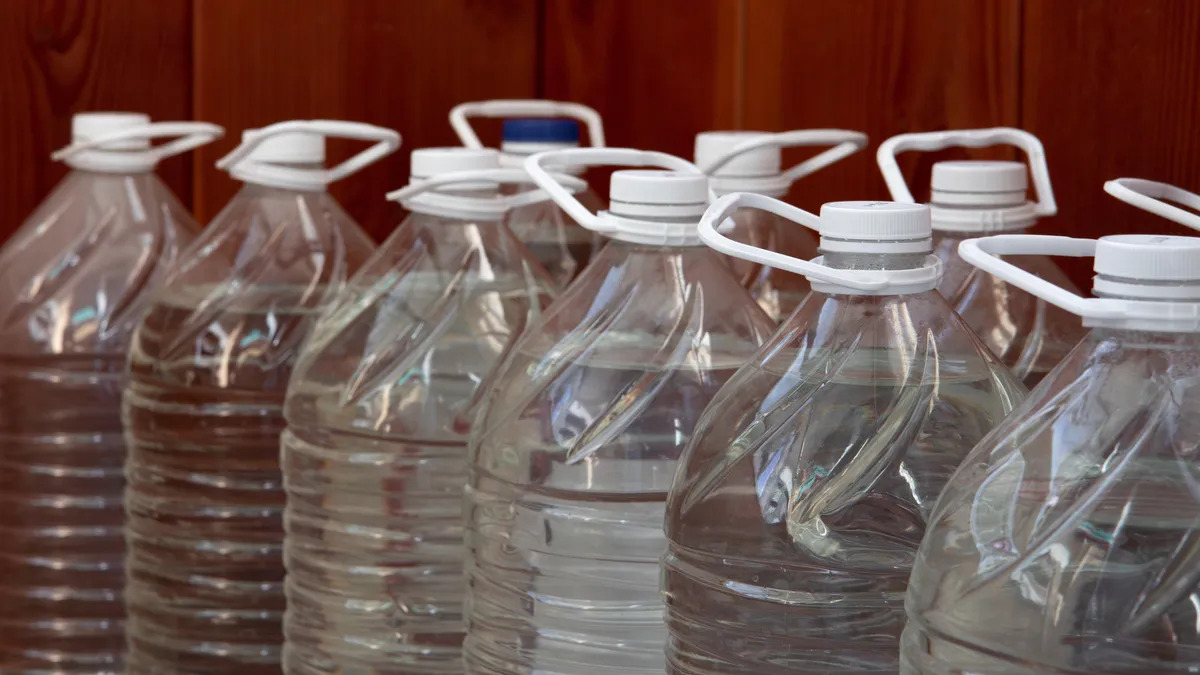


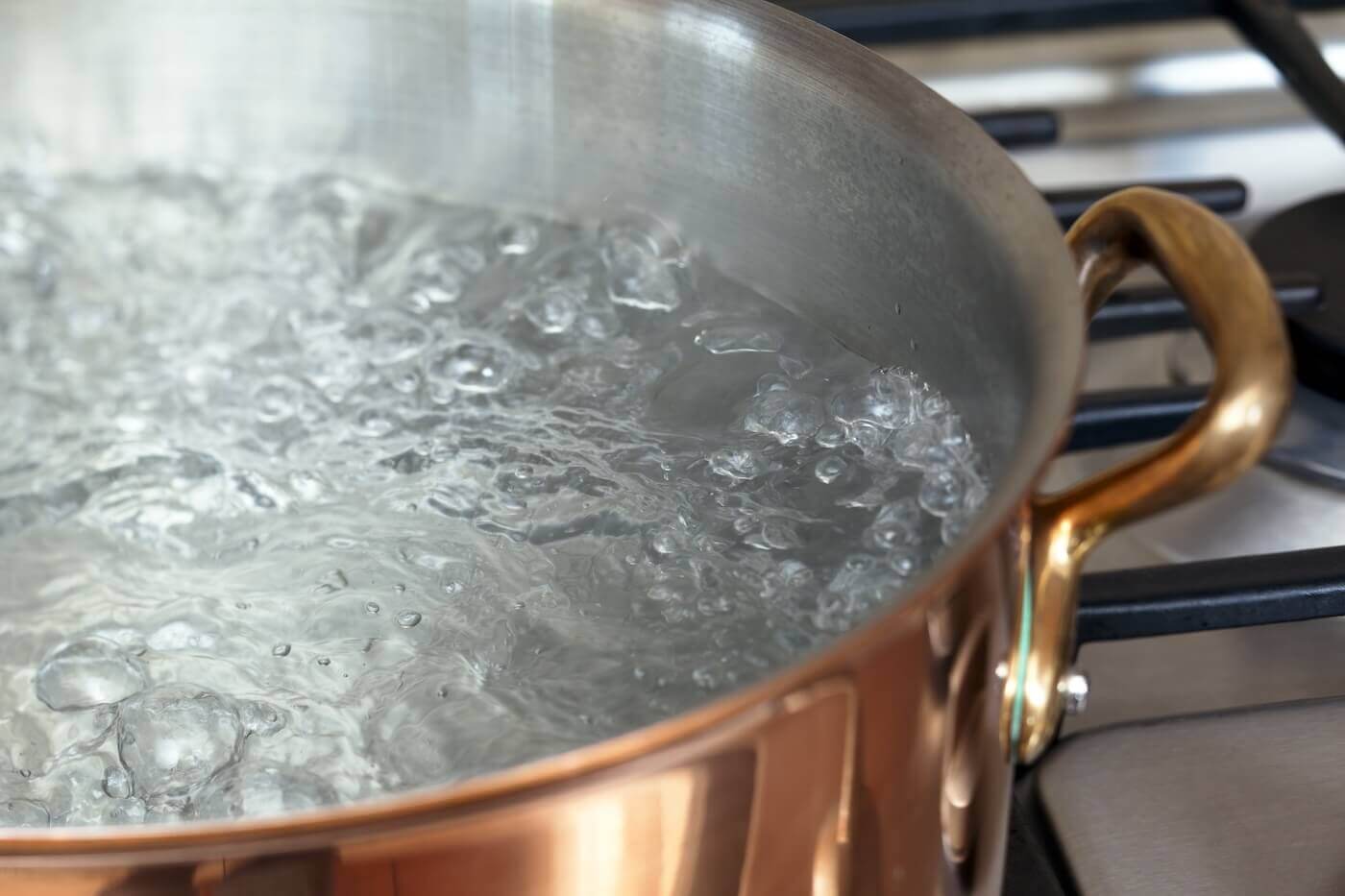

0 thoughts on “How To Store Bacteriostatic Water”